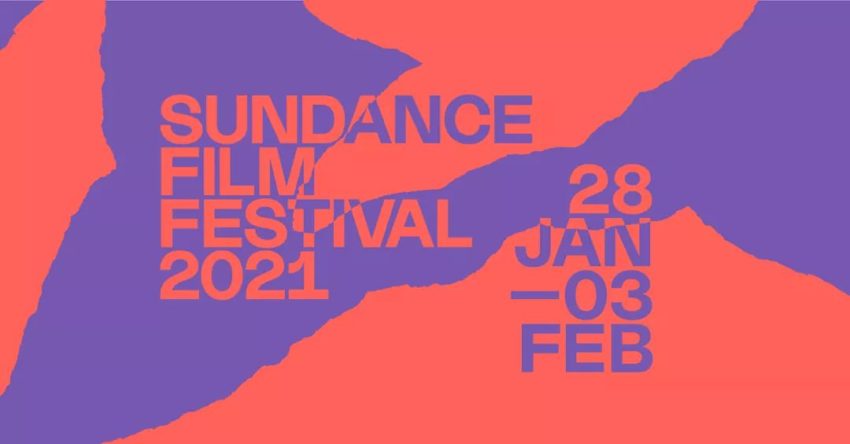
Day 7: February 3, 2021 / Wrap Up
Well, friends, we finally made it to the end of the festival! Before I get into my wrap up, I want to mention the three awards winners that I made time to catch up with on day seven. Animated documentary Flee (World Documentary Competition Grand Jury and Audience Award winner) is a stunner. Director Jonas Poher Rasmussen interviews his longtime friend (whose name is changed in the film for safety reasons) about his friend’s experience as an Afghan refugee. Summer of Soul (… Or, When the Revolution Could Not Be Televised) (U.S. Documentary Competition Grand Jury and Audience Award winner) will make you get up out of your seat and dance. Ahmir “Questlove” Thompson directs this joyful ode to the Harlem Cultural Festival concert series that happened over the summer of 1969. The festival showcased a wide range of Black musical talent, and the documentary frames the festival’s lineup as a snapshot of what was happening in the Black community at the end of the 1960s. Ma Belle, My Beauty (NEXT Audience Award winner), written and directed by Marion Hill, takes us to the south of France, where a couple of newlyweds are suddenly reunited with their ex. The film explores the power dynamics of their polyamorous relationship in sensitive and intriguing ways, and the beautiful French countryside provides a lush and sensuous backdrop for the proceedings.
By the end of the final day of the festival, I was pretty exhausted.* I watched 29 feature films and one shorts program over seven days. I think that’s a new record for me, even at the longer, in-person festival. Out of curiosity, I did a little category breakdown to see how widely (or not) I sampled.
U.S. Dramatic Competition: 7
U.S. Documentary Competition: 5
World Dramatic Competition: 2
World Documentary Competition: 4
NEXT: 5
Premieres: 5
Midnight: 1
Shorts Programs: 1
My fiction/nonfiction split ended up being exactly 50/50, with fifteen fiction films and fourteen nonfiction features (plus the documentary shorts program). I’m really happy with that ratio; Sundance is a great festival for documentaries, and I try not to neglect the documentary categories in favor of the buzzier narrative films.
Overall, I think that Sundance did an exemplary job of putting on the virtual festival. The programmers still put together a solid lineup, all of the technical aspects of the platform worked seamlessly for me, and the whole experience still felt like an event. I think keeping the screening windows short really helped create a sense of temporal unity among festival goers, even though we were spatially scattered. In addition, the design of the festival’s centralized web portal created a nice sense of virtual space. I felt like I was “entering” the festival when I pulled up the website. While the in-person festival experience is irreplaceable, I hope that going into the future Sundance continues to use the virtual festival platform that they’ve built. I would love to see certain programs, films, or categories made available virtually in concurrence with the in-person festival. It could be an excellent way to increase the reach and accessibility of the festival going forward.
I’ll leave you with a list of my favorite films from this year’s festival. I will say upfront that I saw a lot of decent to good films this year; just because a film isn’t on this list doesn’t mean I didn’t like it.** But these were the standouts for me, especially after a few days’ distance from the whirlwind of the festival.
All Light Everywhere, dir. Theo Anthony (distribution TBD)
Censor, dir. Prano Bailey-Bond (distribution TBD)
Cryptozoo, dir. Dash Shaw (purchased by Magnolia Pictures, release date TBD)
El Planeta, dir. Amalia Ulman (distribution TBD)
Flee, dir. Jonas Poher Rasmussen (purchased by NEON, release date TBD)
Passing, dir. Rebecca Hall (purchased by Netflix, release date TBD)
Together Together, dir. Nikole Beckwith (purchased by Bleeker Street, release date TBD)
And that’s a wrap on Sundance 2021! I’ll be back with the monthly essay in a couple of weeks! It’s been fun trying out the festival diary format, and I hope you’ve enjoyed following along. If you’ve been into the recent influx of reviews on the blog, with the one-two punch of my favorites of 2020 list and my Sundance diary, let me know. I still envision this blog as a space primarily for essays about whatever films I’m currently thinking about, regardless of their current relevance, but I am open to periodically writing some reviews of new releases if that’s something my readers (you!) would be interested in seeing.
*Sorry for the slight delay on these last two diary entries! I just needed a mental break. And the blog is called Delayed Responses, to be fair.
**I also want to say that while I would highly recommend catching Judas and the Black Messiah, it felt weird to put it on my favorites list because its premiere felt sort of outside the festival to me. It felt more like a special screening or something. But the film is well worth your time! It will be available in select theaters and to stream on HBOMax for thirty days, beginning this Friday (February 12).